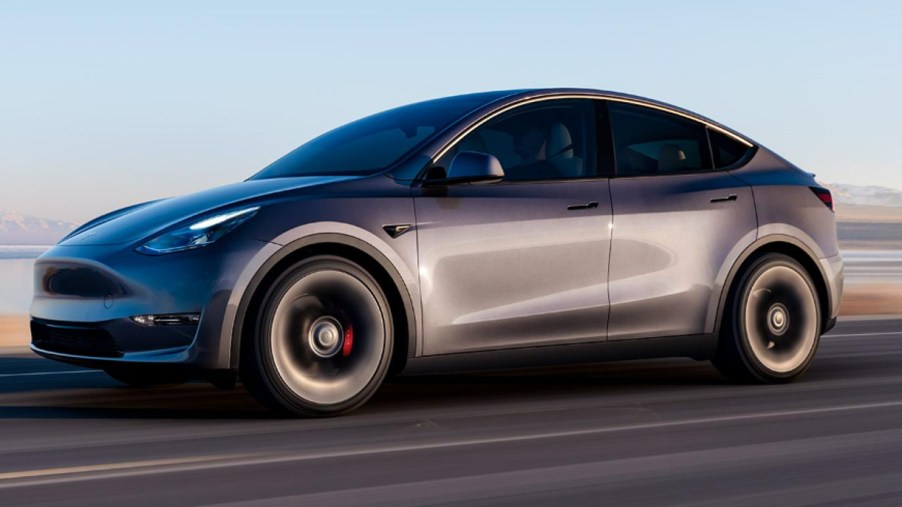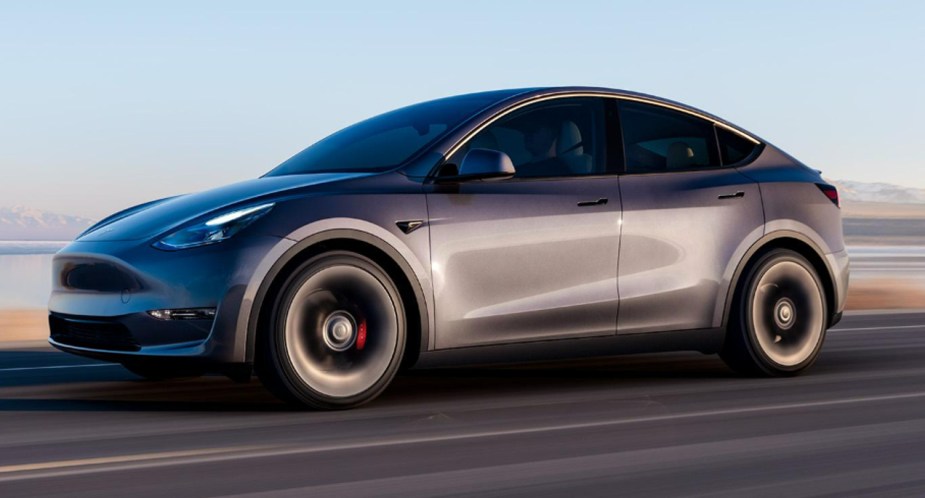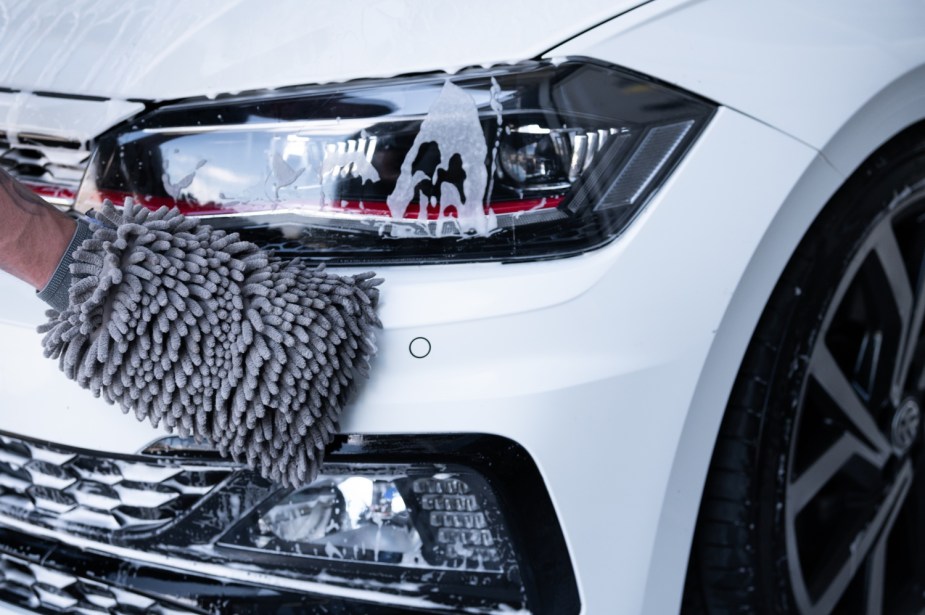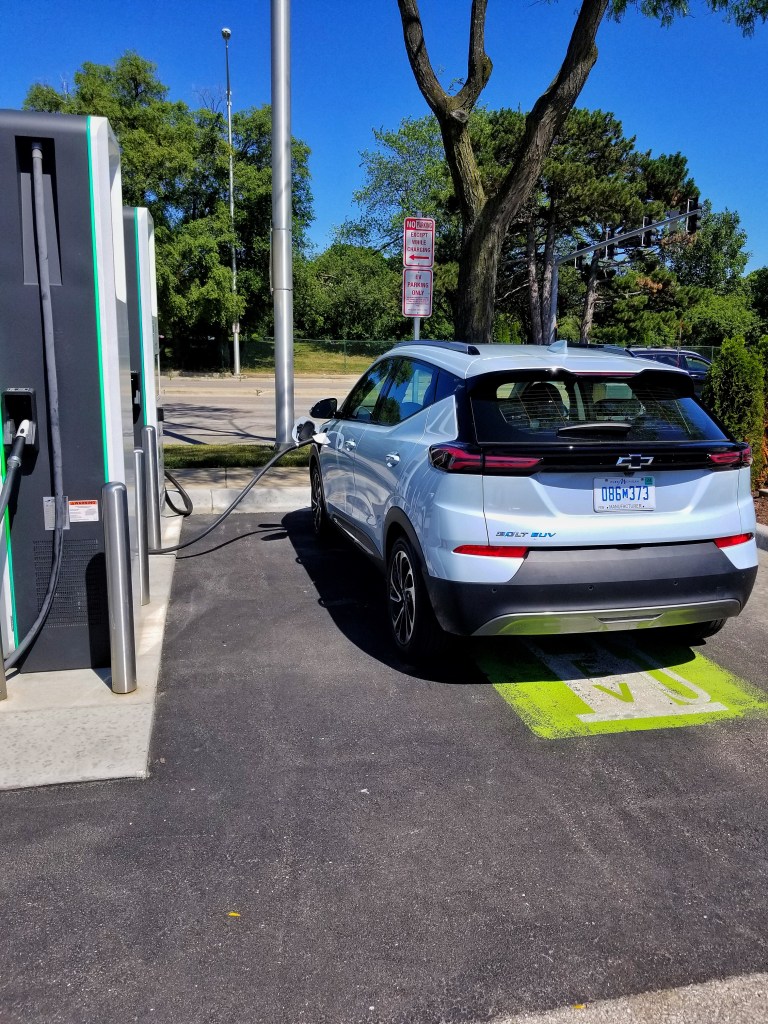
5 Crazy Electric Vehicle Myths People Still Believe
To many, electric vehicles present a mystery, and a fundamental change in transportation. As a result, there are still major misconceptions about EVs that might make you laugh. Recently, over 2,000 people were surveyed in the U.K., to see how well automakers have marketed the switch to EVs. For many, safety around the use of EVs is a big concern. Here are five myths many people still believe.
Unsafe to sit in an electric vehicle while charging

Surprisingly, this is the most common misconception about EVs. It’s surprising because we have never even heard of this myth. Over seven percent of respondents believe this. They should know that not only can you sit in your car while charging, but you can also even play a video game or watch something on the cabin display.
Electric vehicles explode in a crash

Almost as many respondents believe that in a crash, the car will explode. Yes, there have been many images and videos showing EVs that have caught on fire. But statistically, way more gasoline-powered vehicles catch fire and even explode in an accident. Remember all of those exploding Ford Pintos in the 1970s?
According to evfiresafe, in over 10 years there have been a total of 14 EVs that have exploded. And some of these were not even due to a collision. Realistically, the likelihood of this happening is highly improbable.
You don’t need a driver’s license to drive an EV

Almost five percent of those that responded to the survey think you don’t need a driver’s license to drive an EV. Yes, there are some that can be used as low-speed local commuters, but any vehicle driven on public streets must have a licensed driver. Maybe they’re thinking about golf cars or those utility wagons used at many venues and farms?
You can’t use a car wash

Almost four percent think that since water is highly conductive in water you can’t take it through a car wash. And in a similar vein, about the same amount think you can get shocked touching an EV. Water is kryptonite to electrical components. It can quickly ruin any electrical system, including those in EVs. So the manufacturers completely seal and/or insulate all components and wires used in an EV.
EVs have no brakes

While an EV’s regen braking system minimizes the need for traditional brakes, EVs aren’t the same as those Autopia cars at Disneyland.
Mostly, those in the dark about some of the questions posed were a very small minority. Still, it shows that EV automakers need to do a better job of presenting the complete electric car picture. Because there are places seeing much lower adoption of EVs, we would expect these numbers to be higher.
In the U.S., EV adoption has hit 4.6 percent through the middle of 2022. As for the U.K., almost 12 percent of all cars are EVs. That means there probably are a lot of people in the U.S. that carry these myths about EV safety.
RELATED: 5 EV Charging Myths Debunked by J.D. Power
Related post url:



